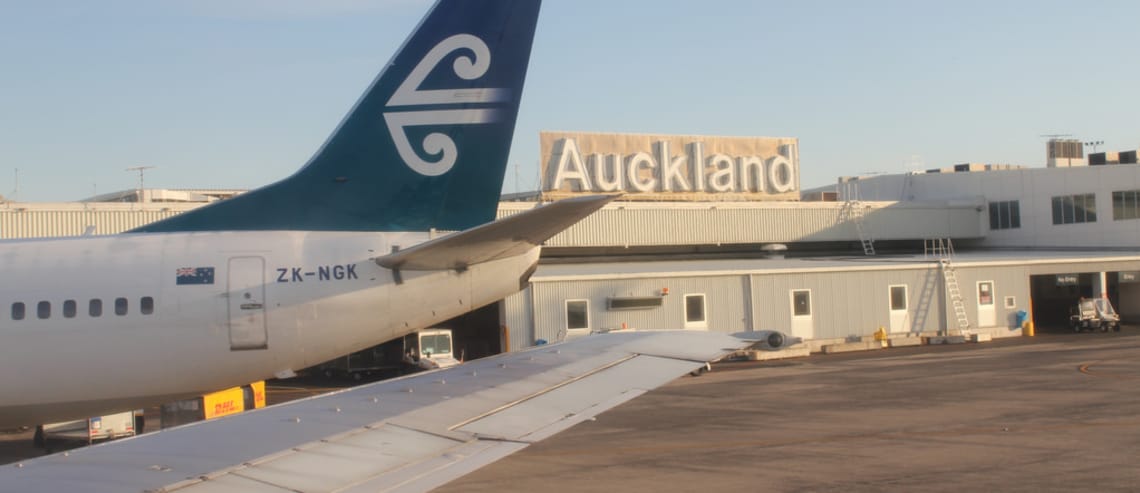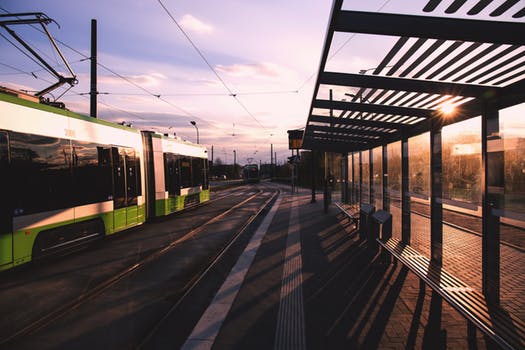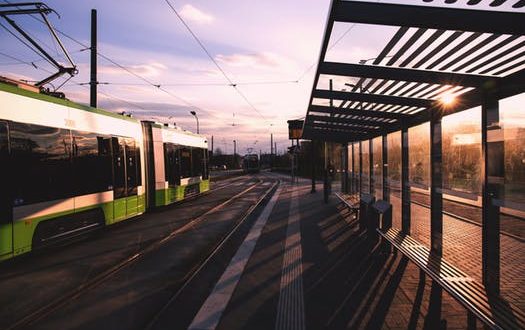OPINION: Infrastructure (or the lack of it) has been very much in the news lately, and it is a subject that has been looked at extensively in Government. However, the latest incident, with the rupture of the jet fuel pipeline from Whangarei to Wiri, illustrates that much of our infrastructure continues to be very vulnerable to break down. Breakdown can occur through both human and natural causes, but whether the cause is an errant digger or an earthquake, the approach to dealing with the consequences is in principle the same.

An issue I think we have is that the costs of infrastructure breakdown are often under-estimated. In the case of the jet fuel pipeline, the immediate costs are large enough but are becoming larger by the day as the effects spread beyond the immediate users (the airlines) to the community as a whole. These “spill-over” costs can have a critical influence on how much cost is committed to the infrastructure build.
As our largest city and commercial centre and because of its location, Auckland is particularly vulnerable and most people will remember the failure of the power supply system that occurred a few years ago. I recall this was caused by a malfunction in the main substation feeding the city, but this then triggered multiple failures in the system as the load was redistributed away from the initial site of failure.
All of this raises the question of whether our approach to designing and operating key elements of infrastructure is appropriate. Are we just inviting disasters like the one mentioned above?
In discussing infrastructure it is recognised that much of the existing infrastructure – particularly at local level – was built many years ago and is taking time to update and in some cases replace. Failures of this old infrastructure are inevitable and this should make updating a priority with the agencies involved. The approach taken all those years ago was much more basic than is taken today, the available materials were much more limited in their properties and we lacked the engineering knowledge that we have today.
It is the failure of more recent elements of infrastructure that is the main concern of this article.
 I suppose the most basic element of infrastructure design is that the design should be robust, resilient in itself, and with high safety factors included. However, this all comes at a cost and there is often a tendency to go for the lowest cost solution which meets the design criteria, rather than the most technically robust solution.
I suppose the most basic element of infrastructure design is that the design should be robust, resilient in itself, and with high safety factors included. However, this all comes at a cost and there is often a tendency to go for the lowest cost solution which meets the design criteria, rather than the most technically robust solution.
Another problem is that of integration. Integrated solutions are very appealing because they minimise cost and make the best use of the components of a system. The problem with an integrated approach is that failure of one component can lead to a cascade of failures through the whole system. The less risky approach is to avoid integration, so that failure of one part of a system can be easily isolated and the impact on the system as a whole reduced. Again, however, the cost can be an issue.
However, the key factor is that it is common to use a risk-based approach to design. With infrastructure prone to damage from natural events, it is very common to use the 1 in a 100-year rule, i.e. build to withstand events that on average only occur once every 100 years. The problem with this approach is that the 1 in a 100 event, or even worse, could occur at any time. And there is nothing magic about 100 years. It is quite possible for events of greater magnitude to occur, again at any time. That was the case with the Christchurch earthquake, which created vertical accelerations greater than anything envisaged in the prevailing standards.
So the risk-based approach is itself risky! So what can be done to reduce that risk?
 One solution is to build redundancy into the system. In the case of the jet fuel pipeline, this might mean building a second pipeline over a different route, so that the same event would be unlikely to affect both pipelines. I understand this option was indeed considered by the oil companies when the pipeline was built but rejected on the grounds of cost.
One solution is to build redundancy into the system. In the case of the jet fuel pipeline, this might mean building a second pipeline over a different route, so that the same event would be unlikely to affect both pipelines. I understand this option was indeed considered by the oil companies when the pipeline was built but rejected on the grounds of cost.
A better solution in many cases is to create contingency plans which can be triggered in the event of an infrastructure breakdown. Contingency planning should not be based on arbitrary risk factors – it should be based on the assumption that the system WILL break down at some point, irrespective of the risk standards used. The task then becomes one of:
- Identifying ALL of the adverse events that can be imagined
- Identifying existing assets that could be brought into play if needed.
- Designing a contingency plan to deal with each case.
If effective contingency plans can be designed using existing assets then that is the preferred result. As has been pointed out by some politicians, the assets operated by the NZ Defence Force are often able to play a key role if the system breaks down. And I think there may be scope for some lateral thinking on access to assets which crosses industry and other boundaries.
In some cases, it may be appropriate to create new assets which only achieve their full use when the system breaks done. In our jet fuel pipeline case, for example, the contingency planning could involve the construction of additional storage capacity at Auckland airport. With new assets cost again becomes a constraining factor, but the thinking on this needs to be long-term rather than short-term.
It could be argued that some possible events are so disastrous that affordable contingency planning is impossible. I would argue that is never the case. However, dire the situation it will always be possible to develop a planned response – a contingency plan. There are for example well-developed contingency plans for continuing with key governmental activities in the event that Wellington is completely destroyed by a major earthquake. The key is to do the thinking required for contingency planning so that even when the unthinkable happens, it can be logically and promptly responded to.
By Bas Walker
This is another of Bas Walker’s posts on GrownUps. Please look out for his articles, containing his Beachside Ponderings.









Join the Discussion
Type out your comment here:
You must be logged in to post a comment.